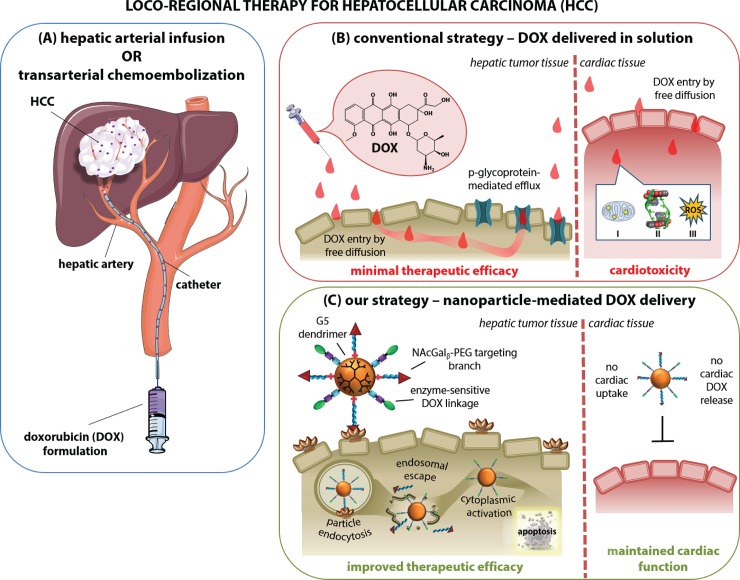Fig 1. Strategy for improving loco-regional therapy for hepatocellular carcinoma.
(A) Conventional therapies for hepatocellular carcinoma (HCC), such as hepatic arterial infusion (HAI) or trans-arterial chemoembolization (TACE), involve the direct injection of doxorubicin (DOX) into the hepatic artery. (B) The delivery of free doxorubicin in solution through HAI/TACE is limited by minimal therapeutic response, due to p-glycoprotein-mediated efflux of the drug, and severe cardiotoxicity as a result of I) mitochondrial iron accumulation, II) topoisomerase II inhibition, and III) generation of reactive oxygen species (ROS). (C) Our strategy involves the delivery of DOX via enzyme-activated nanoparticles targeted to hepatic cancer cells to achieve antitumor activity while avoiding DOX-induced cardiotoxicity. Specifically, NAcGal ligands displayed on the particle target hepatic cancer cells via the asialoglycoprotein receptor (ASGPR) and are internalized by receptor-mediated endocytosis. The particles are then able to escape the endosome into the cytoplasm where hepatic azoreductase enzymes cleave DOX from the particle, allowing it to induce its cytotoxic behavior through mechanisms I, II, and III. The combination of receptor-mediated targeting and hepatic enzyme-mediated DOX release prevent distribution and toxicity from occurring in the heart.

